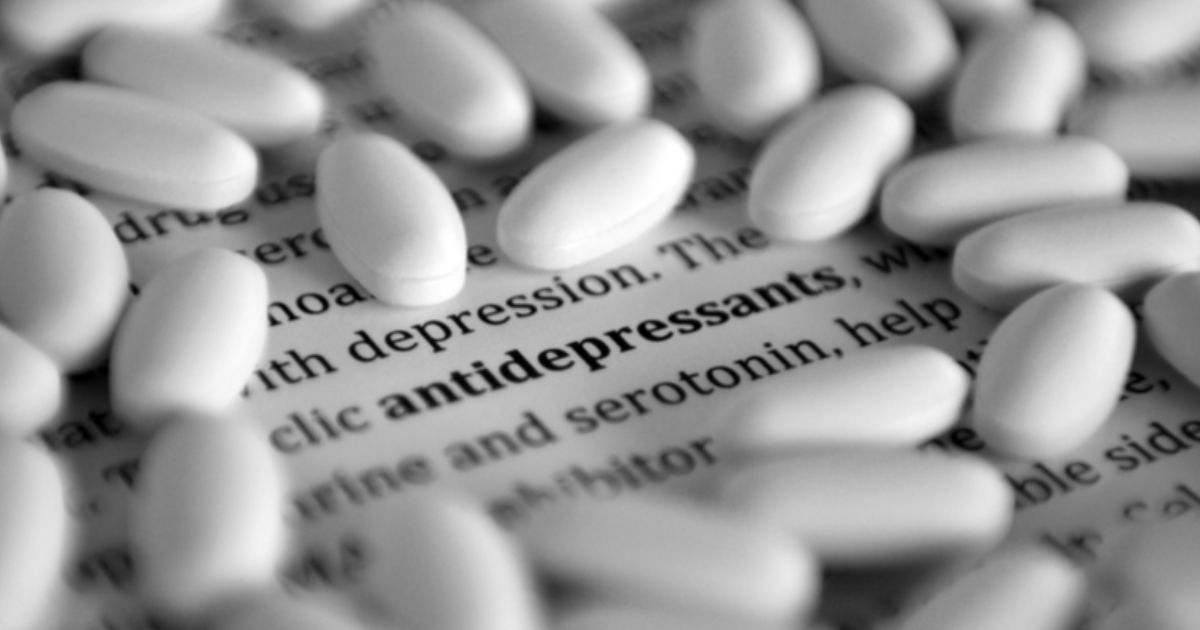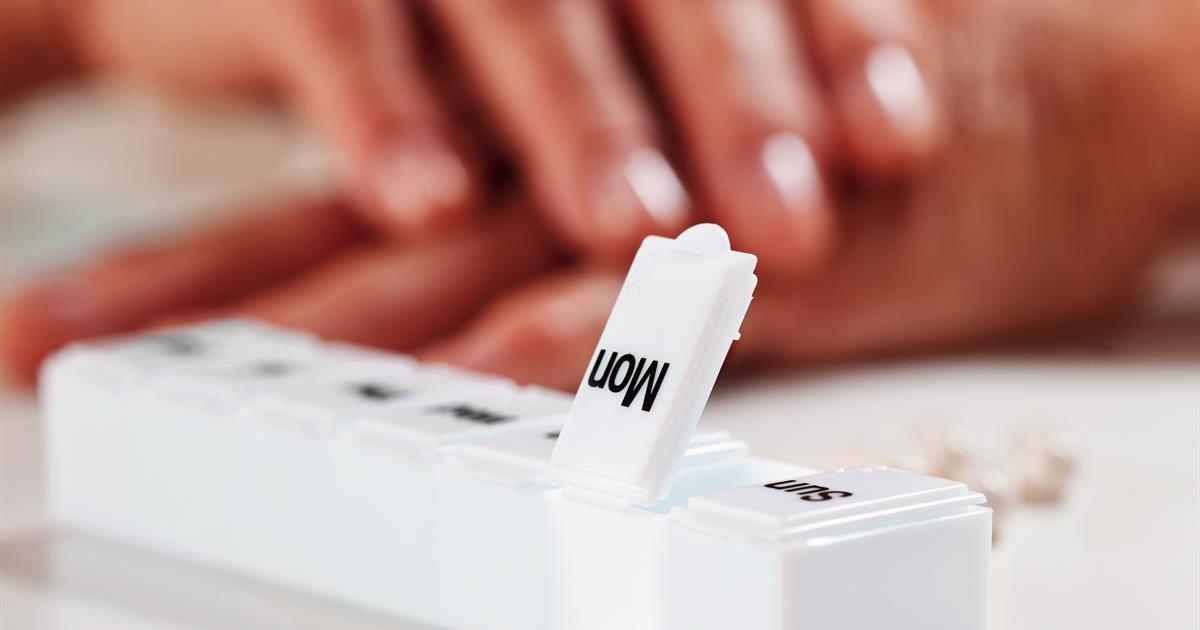How Is Sluggish Cognitive Tempo Treated?
Sluggish cognitive tempo (SCT) is a relatively newly-recognized condition. It's an attention disorder that can overlap with attention deficit hyperactivity disorder (ADHD), though the symptoms and effect on the brain have certain distinctions from ADHD. Individuals with sluggish cognitive tempo tend to daydream excessively, experience 'brain fog' and fatigue, have sluggish physical movements, struggle to remember information, struggle to stay alert in uninteresting situations, have trouble following conversations, process information slowly and become easily confused, and act withdrawn or apathetic.
There are multiple treatments available for sluggish cognitive tempo. Some treatments are the same as those used for ADHD, while others address the more unique symptoms of the disorder. Learn about them now.
Antidepressants

Sluggish cognitive tempo often occurs alongside depression and anxiety. These disorders feed into each other, each causing the other's symptoms to worsen. Depression leads to lethargy, withdrawal from social activities, feelings of apathy, and feelings of fatigue and sluggishness. Anxiety, on the other hand, inhibits processing and can have a detrimental effect on memory. Sluggish cognitive tempo patients, especially children, often experience anxiety and depression because of their struggles to keep up with their peers. Their social relationships may suffer, and they may not perform as well in school or at work as they want. Antidepressants can be used to treat comorbid depression, and some treat symptoms of generalized anxiety. A doctor might also prescribe specific anti-anxiety medications for anxiety symptoms.
Read more about how to treat sluggish cognitive tempo now.
ADHD Medication

Around half of the individuals with sluggish cognitive tempo also have some form of attention deficit hyperactivity disorder. The attention deficit type of ADHD is more common than the hyperactive type, since the hyperactive type is categorized by an excess of physical energy. ADHD medication can be used to treat comorbid attention deficit hyperactivity disorder. Sluggish cognitive tempo can still be treated through the use of stimulants even in individuals who don't meet the diagnostic criteria for ADHD. Stimulants increase the levels of dopamine in the brain. Dopamine is a neurotransmitter that's important for focus, mood stability, and other physical functions. In sluggish cognitive tempo patients, low dopamine levels lead to the lethargy and feelings of "fogginess." Increasing dopamine levels can help individuals feel more alert, increase memory capacity, and make it easier to follow conversations and process information.
Learn more about treating sluggish cognitive tempo effectively now.
Special Education Program

A special education program can often be helpful for children with sluggish cognitive tempo. Though SCT isn't a defined disorder in the Diagnostic and Statistical Manual of Mental Disorders right now, a psychologist or psychiatrist can offer a diagnosis. Children with diagnosed learning disabilities and mental disorders are legally entitled to accommodations and special education resources in the United States. For some students, special education plans may include mild classroom accommodations like extra time on tests, the ability to leave the room if overstimulated, and extra help going over lessons. Students with more severe learning disabilities may benefit from schooling in a special education classroom with a specialized curriculum tailored to their needs. Parents of children with sluggish cognitive tempo should talk to the school administration about options available to accommodate their child's needs.
Keep reading to uncover more options for treating sluggish cognitive tempo now.
Good Sleep Hygiene Habits

Sluggish cognitive tempo causes feelings of sluggishness and fatigue. The fatigue may persist even if the patient gets enough quality sleep, and they may sleep more than the average person. However, failing to get adequate sleep can make tiredness and concentration issues much worse. For this reason, good sleep hygiene habits are essential for treating sluggish cognitive tempo and any comorbid mental disorders. Individuals should go to sleep and wake up at the same time, even on weekends. They should also engage in daily physical activity and exercise. If possible, individuals should try to go outside at least once every day. Their bedtime routine before sleep should be consistent as well, and they should avoid looking at screens, consuming caffeine, having heavy meals, or exerting themselves physically before bed. Individuals should also remove screens from their bedroom and try to avoid napping during the day.
Get the details on more ways to treat sluggish cognitive tempo now.
Follow A Healthy Diet

A healthy diet is an essential part of treating sluggish cognitive tempo. While healthy eating is an important part of any child or adult's development and mental functioning, it becomes even more important when sluggish cognitive tempo is present. Affected individuals should prioritize foods with high protein levels, including low-fat dairy foods, soy, nuts, beans, eggs, fish, poultry, pork, and lean beef. Patients might also want to take vitamin and mineral supplements to help with their concentration and cognitive function. Zinc is a regulator of dopamine in the brain. Magnesium also creates neurotransmitters that help concentration and attention. Ideally, individuals should avoid foods high in carbohydrates. While these provide a short-term energy boost, they often lead to a crash and greater lethargy later.